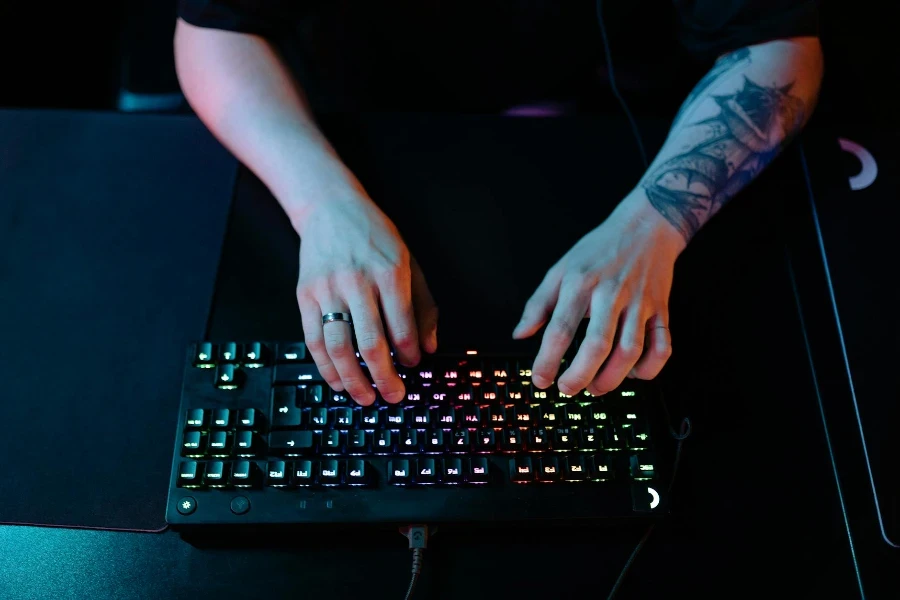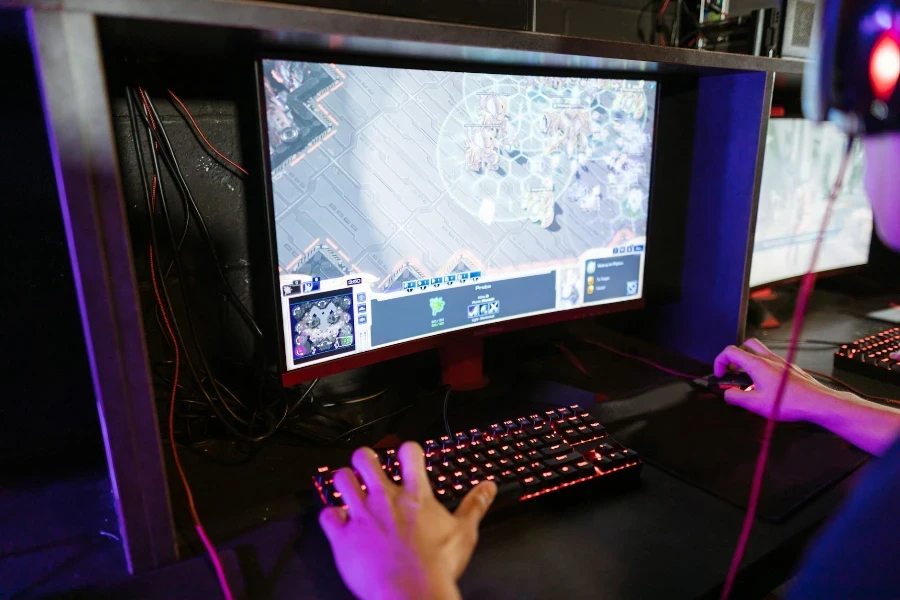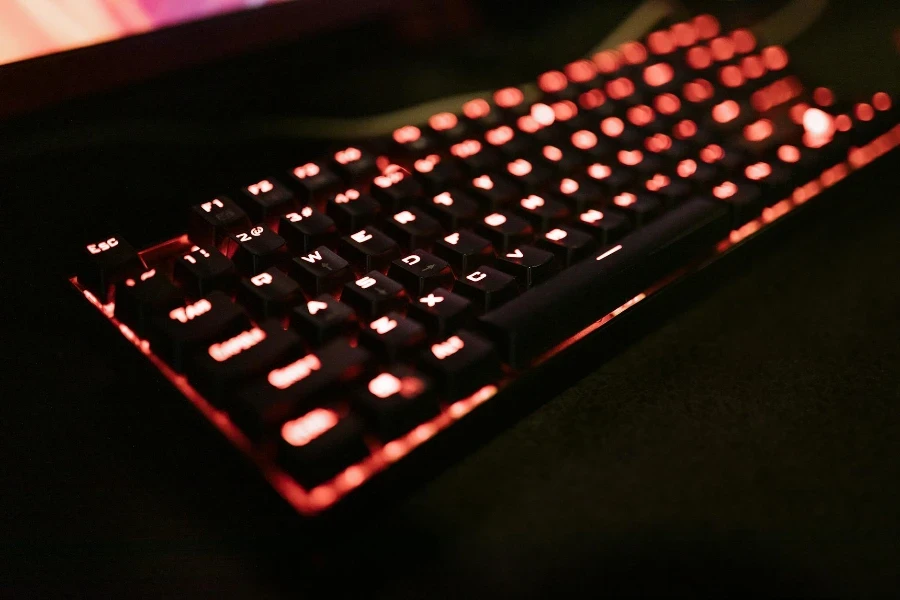In an era where workspace efficiency and aesthetics are paramount, the 60% keyboard has emerged as a popular choice among tech enthusiasts and professionals. This compact and stylish keyboard variant strips away the non-essential keys, focusing on the essentials to enhance typing and gaming experiences. Let’s explore the intricacies, benefits, and considerations of choosing and using a 60% keyboard.
Table of Contents:
– What is a 60% keyboard?
– How does a 60% keyboard work?
– Benefits and drawbacks of a 60% keyboard
– How to choose a 60% keyboard
– How to use a 60% keyboard
What is a 60% keyboard?

A 60% keyboard is a compact version of a standard full-size keyboard, designed to maximize desk space and portability without sacrificing the essential keys needed for typing and gaming. By eliminating the number pad, function row, and navigational keys, it offers a minimalist layout that focuses on the alphanumeric section. This design not only enhances the aesthetic appeal of a workspace but also promotes a more ergonomic typing position by allowing users to keep their mouse closer to the keyboard, reducing shoulder strain.
How does a 60% keyboard work?

Despite its reduced size, a 60% keyboard functions similarly to its full-sized counterparts, utilizing mechanical or membrane switches under each key to register keystrokes. The absence of certain keys is compensated for by layering functions, meaning that keys have multiple functions that can be accessed through combination presses or by toggling a function (Fn) key. This allows users to perform all the actions of a full-sized keyboard without moving their hands far from the home row, enhancing typing efficiency and speed.
Benefits and drawbacks of a 60% keyboard

The benefits of a 60% keyboard are numerous. Its compact size frees up desk space, making it ideal for small workspaces or for those who prefer a minimalist setup. The reduced distance between keys can lead to faster and more ergonomic typing, potentially reducing the risk of repetitive strain injuries. Additionally, the portability of a 60% keyboard is unparalleled, fitting easily into most bags and making it a favorite among travelers and remote workers.
However, the transition to a 60% keyboard can come with drawbacks. The lack of dedicated arrow keys, function row, and number pad can be a significant adjustment for those accustomed to traditional keyboards. Learning to use the layered functions effectively requires time and practice, which can initially hinder productivity. Moreover, the compact layout might not suit all typing styles or hand sizes, potentially making it uncomfortable for some users.
How to choose a 60% keyboard

Choosing the right 60% keyboard involves considering several factors. First, think about the switch type; mechanical switches offer a tactile feel and durability but can be noisier, while membrane switches are quieter but might lack the precise feedback many typists and gamers prefer. Build quality is also crucial, as a sturdy keyboard can withstand heavy use and travel. Additionally, consider the keyboard’s compatibility with your operating system and whether it offers programmable keys or RGB lighting for customization. Lastly, aesthetics should not be overlooked; a keyboard that complements your workspace can enhance your overall satisfaction and productivity.
How to use a 60% keyboard

Adapting to a 60% keyboard involves a learning curve, especially for those used to having a full array of keys at their disposal. Start by familiarizing yourself with the function layer and practicing the key combinations for missing functions. Customizing the keyboard, if possible, can also improve your experience; many 60% keyboards allow users to program keys and create shortcuts that align with their specific needs. Finally, be patient and give yourself time to adjust to the compact layout. With practice, using a 60% keyboard can become second nature, offering a streamlined and efficient typing experience.
Conclusion
The 60% keyboard represents a shift towards efficiency and minimalism in the tech world, catering to the needs of enthusiasts and professionals who value space, aesthetics, and ergonomics. While it may require an adjustment period, the benefits of adopting a 60% keyboard are significant, offering a compact, customizable, and ergonomic typing experience. Whether you’re a gamer, writer, or remote worker, a 60% keyboard could be the key to unlocking a more efficient and enjoyable digital interaction.



